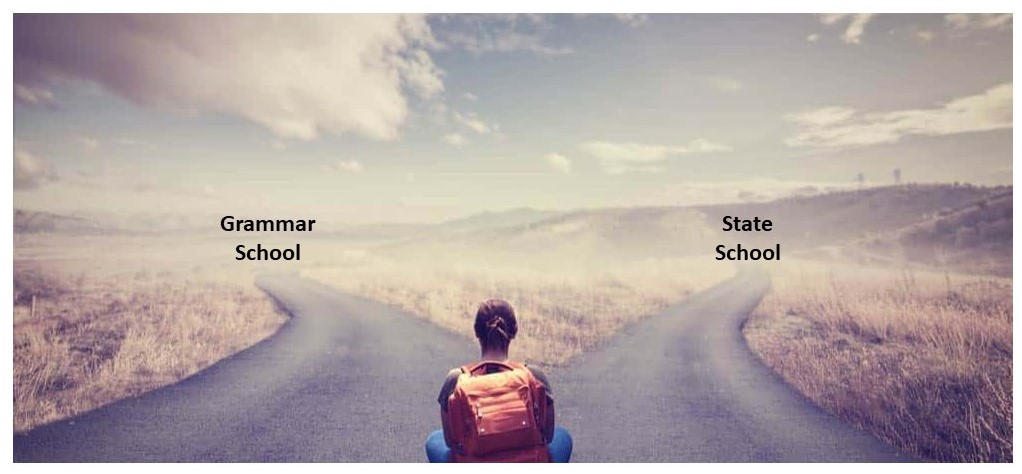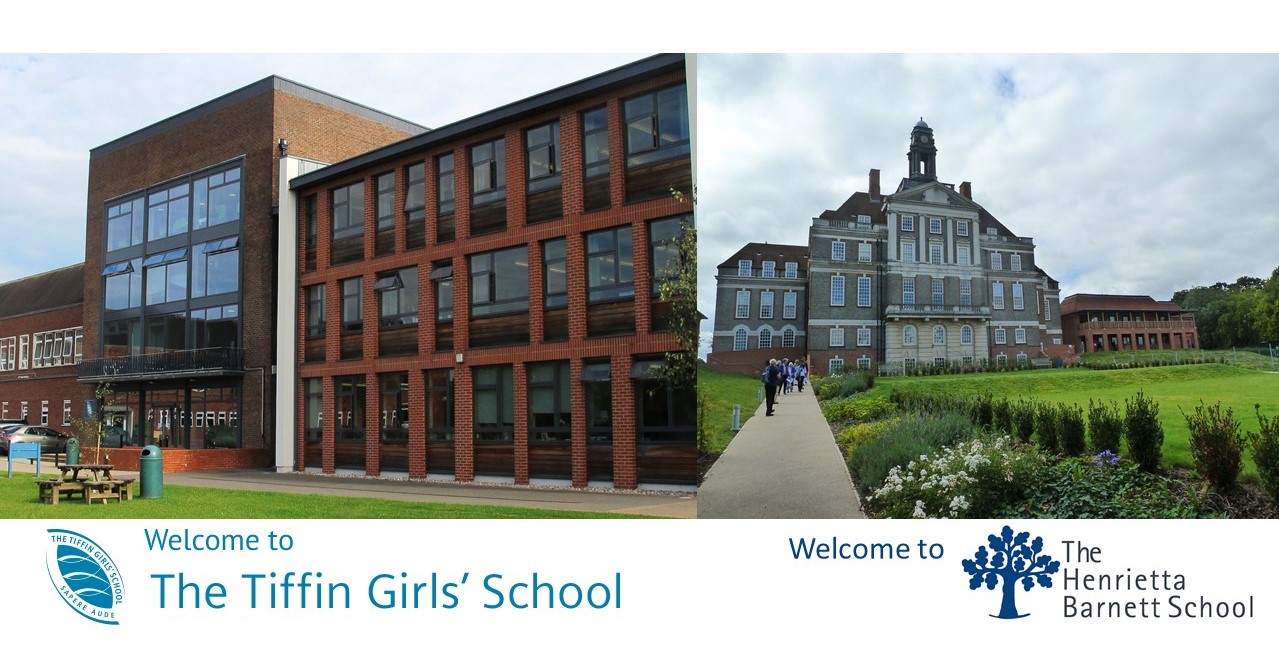

Continuing from where we left off in the exploration of poetic devices (More Commonly Used Poetic Devices -Part I), we delve into a broader range of techniques that poets use to enrich their work. These devices help to create layers of meaning, add depth to themes, and captivate the reader's imagination. Understanding these techniques will further enhance your appreciation of poetry and refine your skills in poetic analysis and creation. Here are more commonly used poetic devices:
Allegory
An allegory is a narrative in which characters, events, and details have a symbolic meaning beyond the literal story. This device allows poets to convey complex ideas, often moral, political, or philosophical, in an approachable way.
For example, in George Orwell’s Animal Farm, the farm animals represent different social classes and political figures, making a broader statement about power and corruption.
Anaphora
Anaphora is the deliberate repetition of a word or phrase at the beginning of successive clauses or lines. This device is often used to create emphasis, build rhythm, and evoke strong emotional responses.
For example, in Martin Luther King Jr.'s famous speech, the repeated use of 'I have a dream' reinforces his vision of equality and justice.
Allusion
An allusion is an indirect reference to a person, event, place, or work of literature. This device relies on the reader's familiarity with the reference to convey additional meaning.
For instance, describing someone as a 'good Samaritan' alludes to the biblical parable, implying the person is kind and helpful.
Pun
A pun is a play on words that exploits the multiple meanings of a term or words that sound similar but have different meanings. This device is often used for humorous or witty effects.
For example, in Shakespeare’s Romeo and Juliet, Mercutio’s dying words, 'Ask for me tomorrow and you shall find me a grave man,' play on the dual meaning of 'grave' as both serious and a burial site.
Rhetorical Question
A rhetorical question is a question posed for effect rather than to elicit an answer. This device encourages the reader to reflect on the question and consider the implied meaning or importance.
For instance, in Percy Bysshe Shelley’s poem Ozymandias, the question 'Look on my works, ye mighty, and despair?' underscores the irony of the fallen king's hubris.
Blank Verse
Blank verse is unrhymed poetry written in iambic pentameter. It maintains a regular rhythm without the constraints of rhyme, allowing for natural speech patterns while still providing structure. Many of Shakespeare's plays are written in blank verse, such as the famous soliloquy from Hamlet: 'To be or not to be, that is the question.'
Juxtaposition
Juxtaposition is the placement of two or more contrasting ideas, characters, or images side by side to highlight their differences or create an interesting effect. This device can deepen the meaning or enhance the impact of the contrasting elements.
For example, in Charles Dickens' A Tale of Two Cities, the opening line 'It was the best of times, it was the worst of times' juxtaposes opposites to emphasise the complexities of the era.
Metre
Metre refers to the rhythmic structure of lines in poetry, created by the pattern of stressed and unstressed syllables. Different types of metre, such as iambic, trochaic, or anapestic, create different effects and contribute to the overall feel of the poem.
For instance, iambic pentameter, with its da-DUM da-DUM rhythm, is often used in English poetry for its natural flow.
Metonymy
Metonymy is a figure of speech in which a word or phrase is substituted with another that is closely related. This device allows poets to convey meaning more concisely.
For example, referring to the monarchy as 'the crown' is a metonym, where the crown symbolises the royal institution.
Repetition
Repetition is the intentional reuse of words, phrases, or structures in a poem. This device can create rhythm, build emphasis, and reinforce key themes or ideas.
For example, in Edgar Allan Poe’s The Raven, the repeated word 'Nevermore' emphasises the sense of despair and inevitability.
Rhythm
Rhythm refers to the beat and pace of a poem, created by the pattern of stressed and unstressed syllables. Rhythm gives poetry its musical quality and can convey different emotions, from the calmness of a lullaby to the urgency of a marching beat. Poets often manipulate rhythm to match the mood or action of the poem.
Synecdoche
Synecdoche is a figure of speech where a part of something represents the whole or vice versa. This device allows poets to create vivid imagery with concise language.
For example, using 'wheels' to refer to a car or 'hands' to refer to workers on a ship.
Apostrophe
Apostrophe is a device where the speaker directly addresses an absent person, abstract idea, or inanimate object as if it were capable of understanding or responding. This device can convey intense emotion or highlight a theme.
For instance, in John Donne’s Death Be Not Proud, the speaker addresses Death directly, challenging its power and inevitability.
These additional poetic devices offer even more tools for poets to craft meaningful, impactful, and memorable poetry. By mastering these techniques, you can deepen your understanding of poetry and enhance your ability to interpret and create poetic works.

